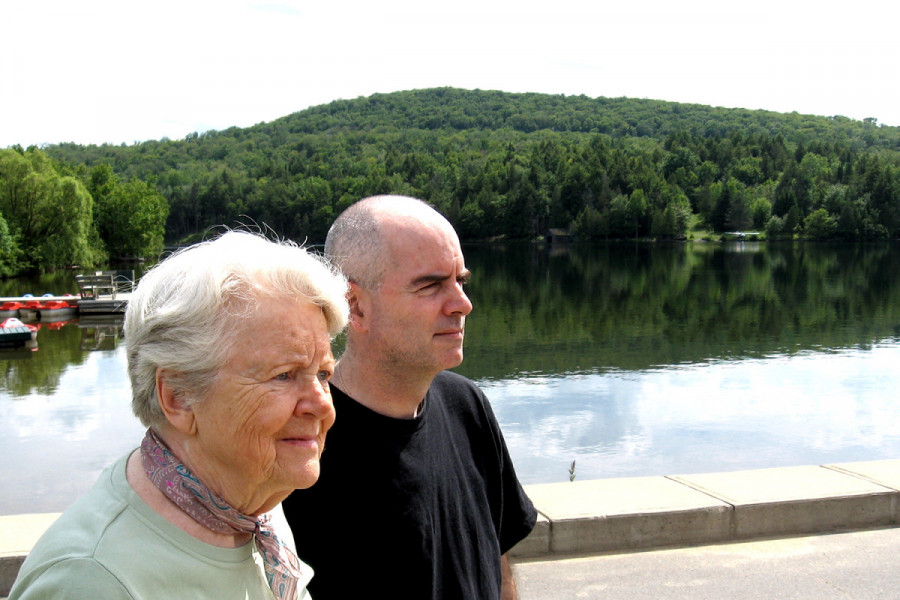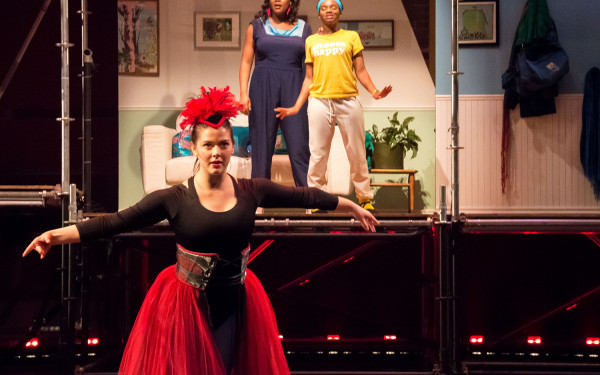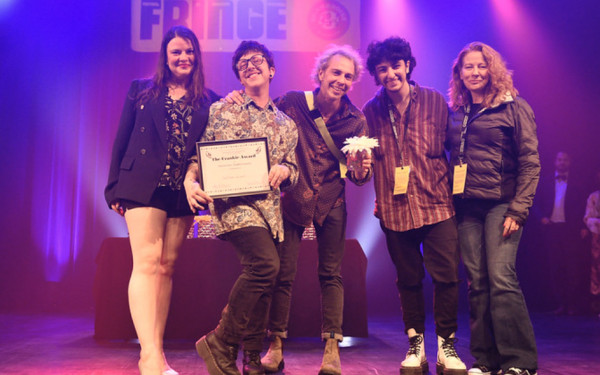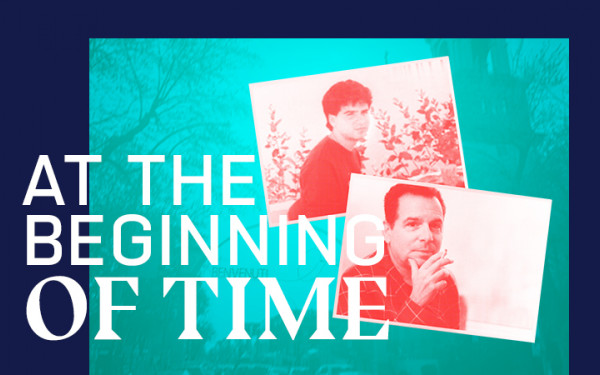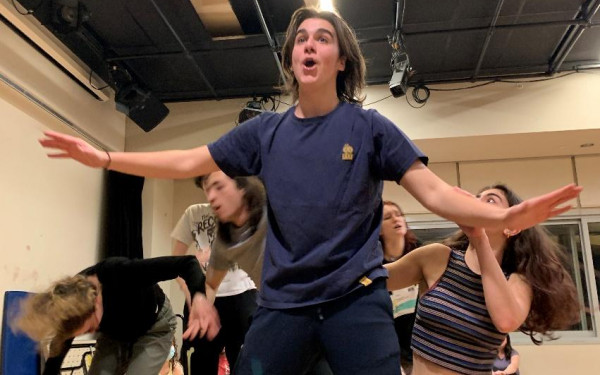Keir Cutler Brings Childhood Stories to Life at the Fringe
‘Magnificence’ Questions Memory and the Audience’s Relation to Stories
Childhood memories, we all have them: good and bad, funny and scary, exciting and scarring. Keir Cutler’s Magnificence, a monologue story-telling performance, transported the audience to an era and a place that no longer exists, but can only live in stories: Mont-Tremblant in the 1930s.
As a child, he remembered hearing one specific story very clearly. So clearly that it stayed with him throughout his life. Cutler explained that when children hear stories, they imagine that they were there.
“That’s why their imagination is strong; they imagine it’s real,” he said. He believes this is why stories can be scary for children, because they feel so incredibly real. Suddenly, the line between reality and fantasy blurs.
Using his mother’s book I Once Knew an Indian Woman, as the skeleton for the show, Cutler shared stories covering almost a century of history.
The book recounted Madame Dey’s story, her life and legacy in a small town called Mont-Tremblant. She left her mark in everyone’s homes, helping them, guiding them, and curing them.
When the town froze with terror at the sight of a lifeless body by the shore, all the citizens but one were paralyzed with shock.
Madame Dey lifted the body over her shoulders and carried the man to her house up the hill.
“It was a surprising story that someone would have the courage to handle a dead body and do it all by themselves,” said Cutler. “Courage is the hardest thing to find when you’re all alone, especially when everyone in the town is paralyzed and you step up and do it all by yourself.”
“A hero is a person that stands alone in the face of everyone else, so that affected me.” — Keir Cutler
“A hero is a person that stands alone in the face of everyone else, so that affected me,” he added.
Stories from the lives and experiences of three different people merged to create this performance. As Cutler read excerpts from the book, sitting on the wooden chair, he described the scenes so vividly as though from his own memory.
But they weren’t. Cutler wrote himself into the story.
The entire performance was an act of transmitting the story onto others, just like it was transmitted to him by his mother. At five years old, Cutler heard the story for the first time.
The performance questioned the difference between hearing a story and actually being a part of it. Is there really a difference between the two?
Cutler said many studies have shown that eyewitnesses, perceived as the most reliable source of evidence, don’t remember facts accurately.
Events can leave an impression on eyewitnesses, explained Cutler, “they create ideas in their minds.”
“So, there is no such thing really, as an eyewitness,” he continued. “It’s all just stories that we tell ourselves. So, the blending of stories and memories is important. Stories live forever, and memories die, they fade in the person and then they die.”
If you think about a memory often enough, does it make it a story? Cutler’s answer—yes.
Cutler explained that a story is created through repetition by which it is imprinted in the mind. Mixing reality and fantasy, a story may not be factually true, but it is more powerful than a memory because it is passed on, he added.
Memory is often limited or inaccurate, he said, but the story’s accuracy is determined by its interpreter—there is no wrong answer.

